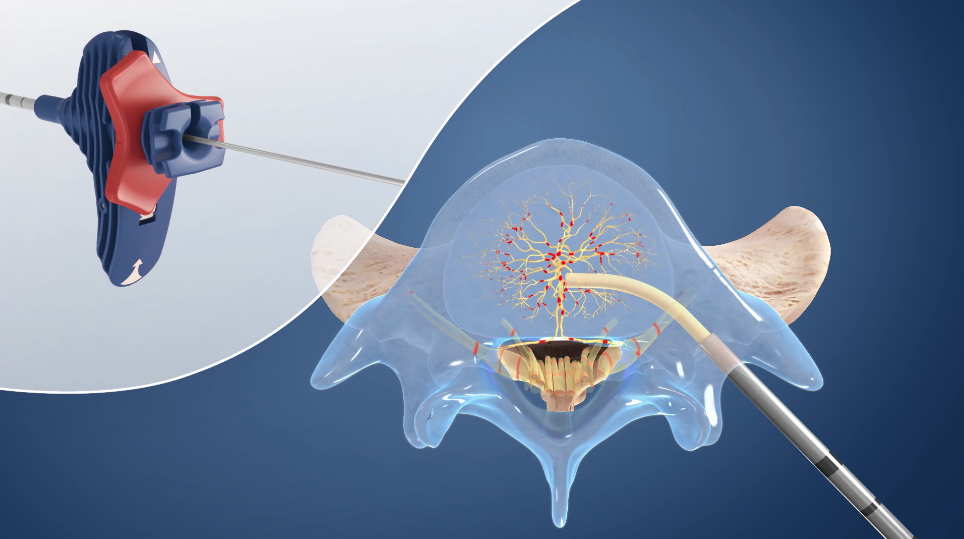Intracept - Basivertebral Nerve Ablation
What is Intracept?
Intracept is a minimally invasive procedure designed to treat chronic low back pain. It treats a specific kind of low back pain called vertebrogenic that originates from the vertebral endplates – a condition referred to as vertebrogepain. This treatment was developed by Relievant Medsystems and has been FDA-approved since 2020. Intracept targets the basivertebral nerve, a sensory nerve within the vertebral body, responsible for transmitting pain signals.
What Can Intracept Treat?
Intracept is specifically designed to address chronic low back pain not adequately relieved by conservative treatments (like physical therapy and non-steroidal anti-inflammatory medications) and not directly related to issues such as a herniated disc or sciatica. It treats pain originating from the vertebral endplates – often seen in patients with degenerative disc disease or Modic changes on MRI.
How is Intracept Administered?
Intracept is an outpatient procedure typically performed under monitored anesthesia care (MAC). It involves the insertion of a specialized needle into the vertebral body under X-ray guidance. This needle is used to deliver radiofrequency energy to ablate, or disable, the basivertebral nerve.
The procedure generally takes less than two hours, and patients can return home the same day. Most patients return to their usual activities within a few days following the procedure.
What are the Risks?
As with any medical procedure, Intracept carries some risks. Some patients may experience mild to moderate procedural pain or discomfort. Rarely, complications like infection, nerve injury, or bleeding can occur. It’s important to discuss these risks in depth with your healthcare provider prior to undergoing any procedure.
However, the benefits of Intracept often outweigh the risks for many patients. Studies have shown significant improvement in pain, function, and quality of life for those suffering from vertebrogenic chronic low back pain.
Take the Next Step Today
If you’re dealing with chronic low back pain, and conservative treatments haven’t worked, Intracept could be a viable option for you. Don’t let chronic pain control your life. Please contact our office today to set up a consultation wit speak with Dr. Edward Rubin. Let’s explore the potential benefits of Intracept and determine the most effective treatment plan for you.

